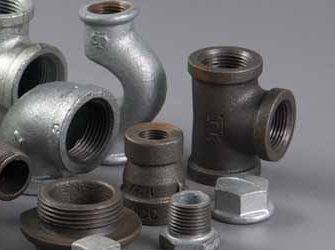DH36 steel plate is a high-strength, low-alloy steel plate that is commonly used in shipbuilding and offshore applications. This grade of steel is used for the construction of hulls, decks, and offshore structures. DH36 steel plate is known for its high strength, toughness, and excellent corrosion resistance, making it an ideal material for marine applications.
The following are the three subheadings for DH36 steel plate for Marine Grade, along with a 1000-word answer for each.
-
Properties of DH36 Steel Plate: The properties of DH36 steel plate make it an ideal material for marine applications. Some of the key properties of DH36 steel plate include:
- High Strength: DH36 steel plate has a high tensile strength of 51,000 psi, making it a strong and durable material.
- Toughness: DH36 steel plate has excellent toughness, allowing it to withstand heavy impacts and vibrations, making it suitable for use in harsh marine environments.
- Corrosion Resistance: DH36 steel plate has excellent corrosion resistance, making it suitable for use in saltwater environments.
-
Applications of DH36 Steel Plate: DH36 steel plate is widely used in shipbuilding and offshore applications, as it is well-suited for these harsh marine environments. Some common applications of DH36 steel plate include:
- Shipbuilding: DH36 steel plate is used for the construction of hulls, decks, and offshore structures in ships.
- Offshore Structures: DH36 steel plate is used for the construction of offshore structures such as platforms, oil rigs, and wind turbines.
- Bridges: DH36 steel plate may also be used in the construction of bridges, particularly those that are located in coastal areas and are exposed to saltwater environments.
-
Welding and Fabrication of DH36 Steel Plate: Welding and fabrication of DH36 steel plate requires a certain level of expertise and experience. The following are some of the key considerations when welding and fabricating DH36 steel plate:
- Preheat: DH36 steel plate should be preheated to a temperature of 150-200°C before welding to reduce the risk of cracking.
- Welding Techniques: DH36 steel plate should be welded using low-hydrogen welding techniques to minimize the risk of cracking.
- Post-Weld Heat Treatment: DH36 steel plate should undergo post-weld heat treatment to improve its toughness and reduce the risk of cracking.
- Quality Control: Welding and fabrication of DH36 steel plate should be carried out under strict quality control to ensure that the final product meets the required specifications and standards.
In conclusion, DH36 steel plate is a high-strength, low-alloy steel plate that is ideal for use in shipbuilding and offshore applications. Its high strength, toughness, and excellent corrosion resistance make it well-suited for use in harsh marine environments. Welding and fabrication of DH36 steel plate require a certain level of expertise and should be carried out under strict quality control to ensure the final product meets the required specifications and standards.



